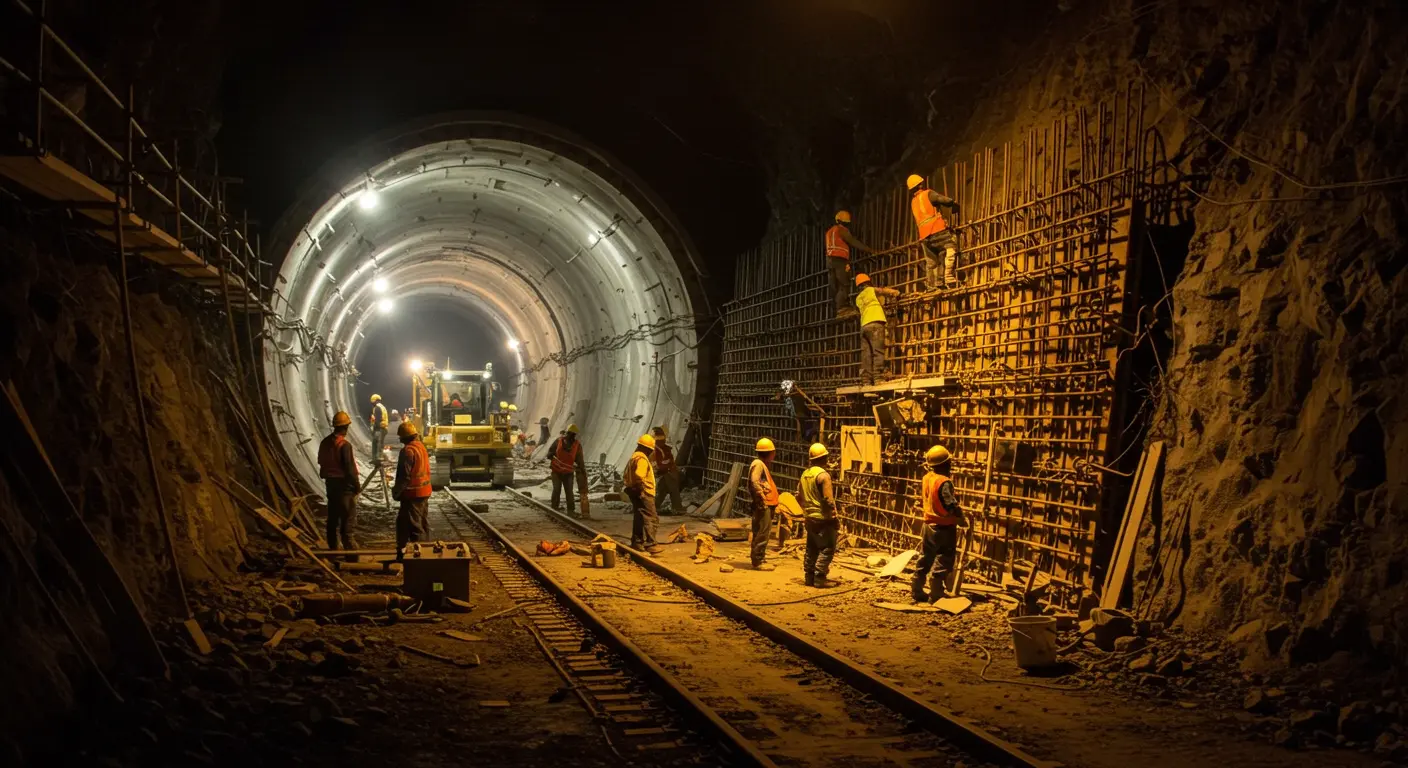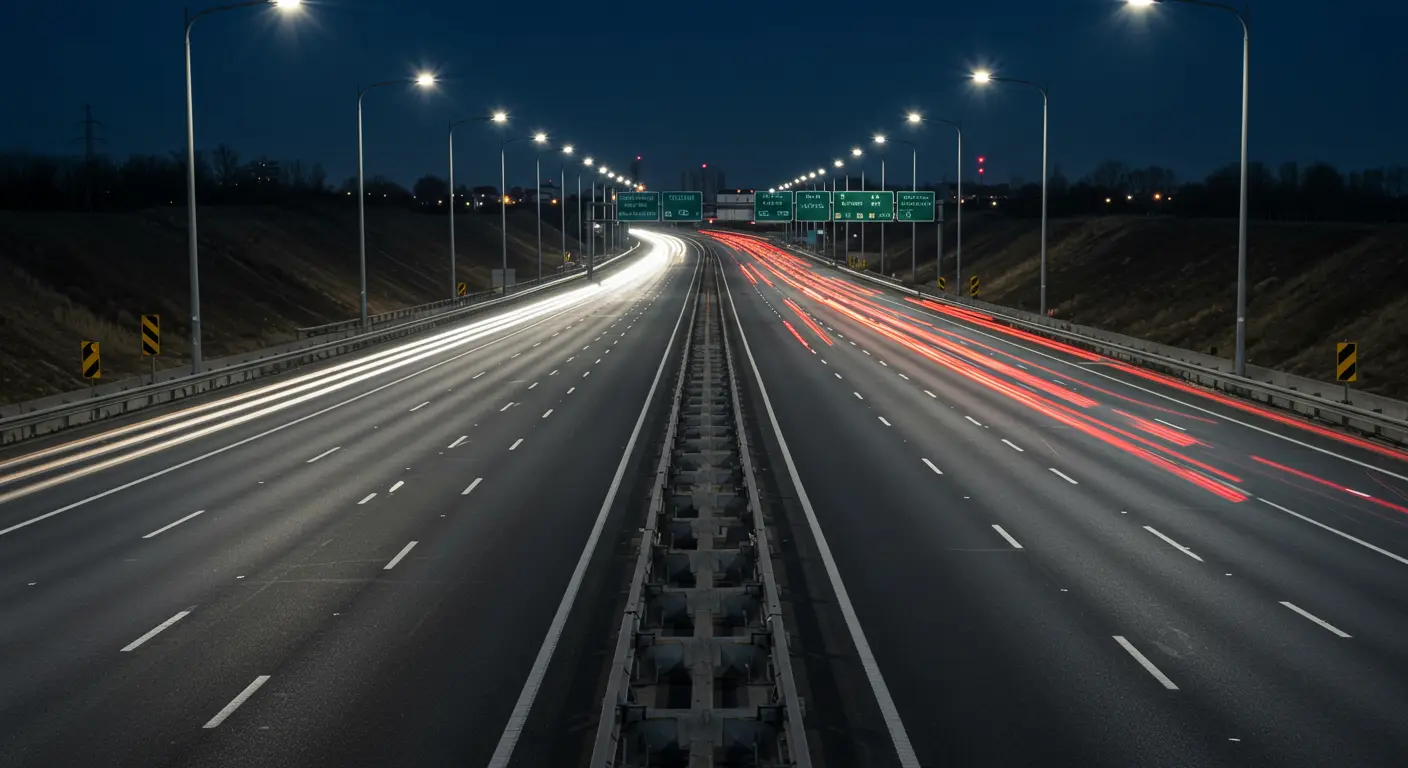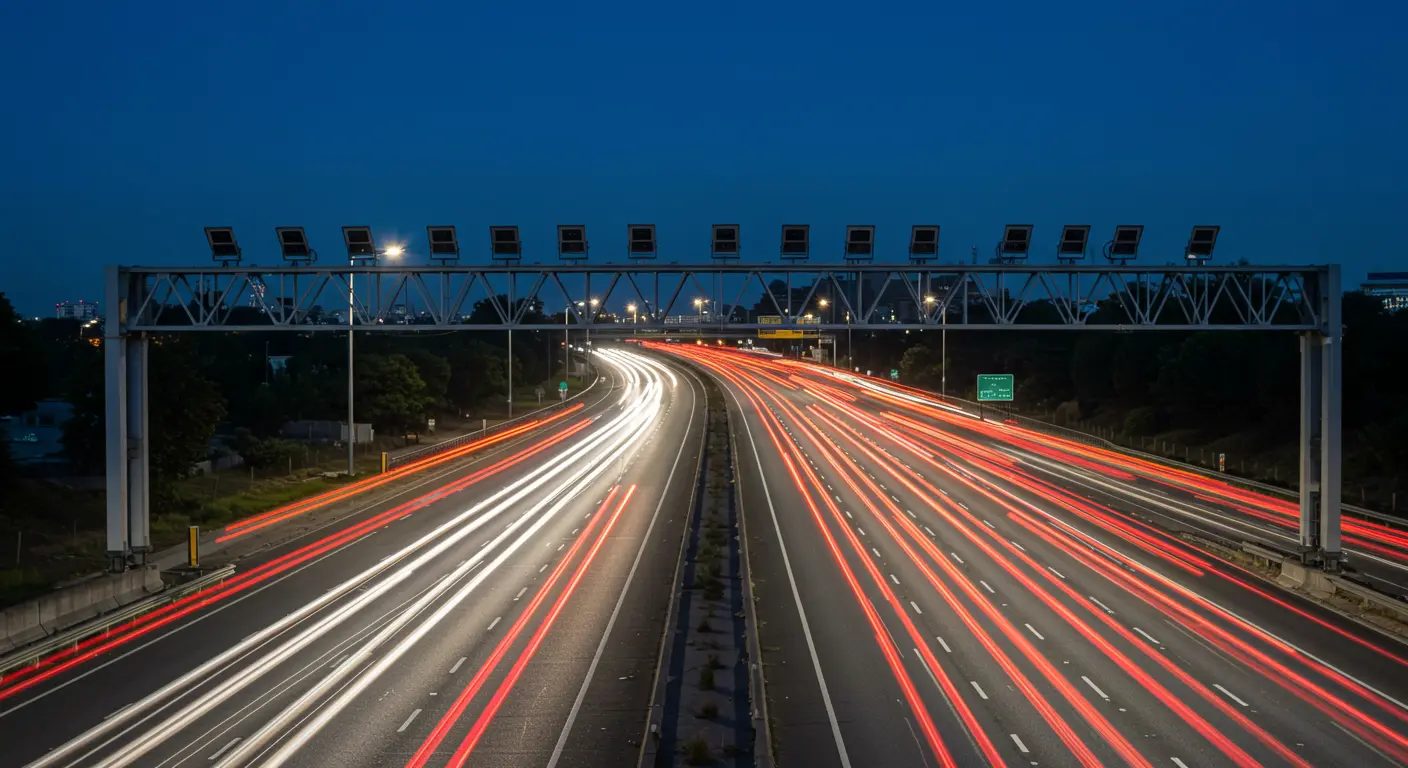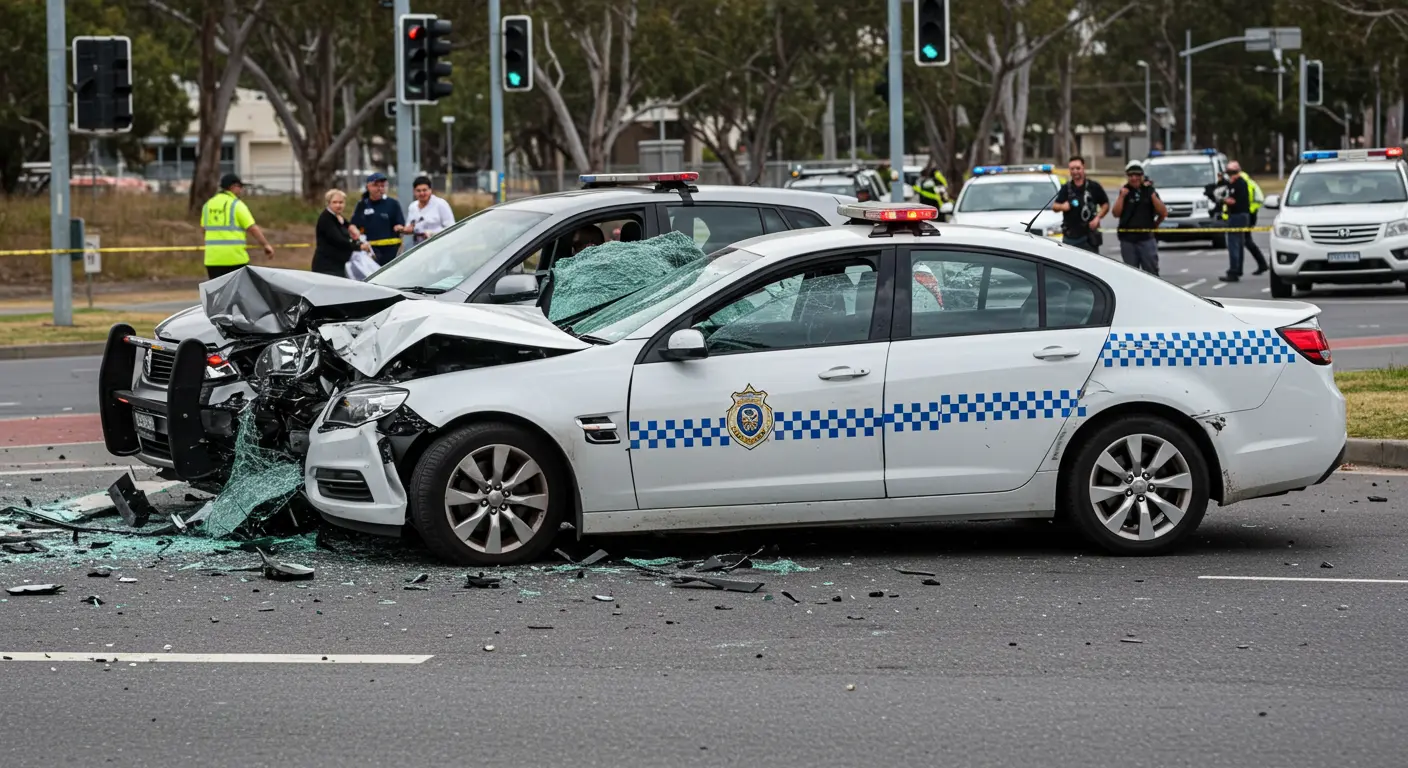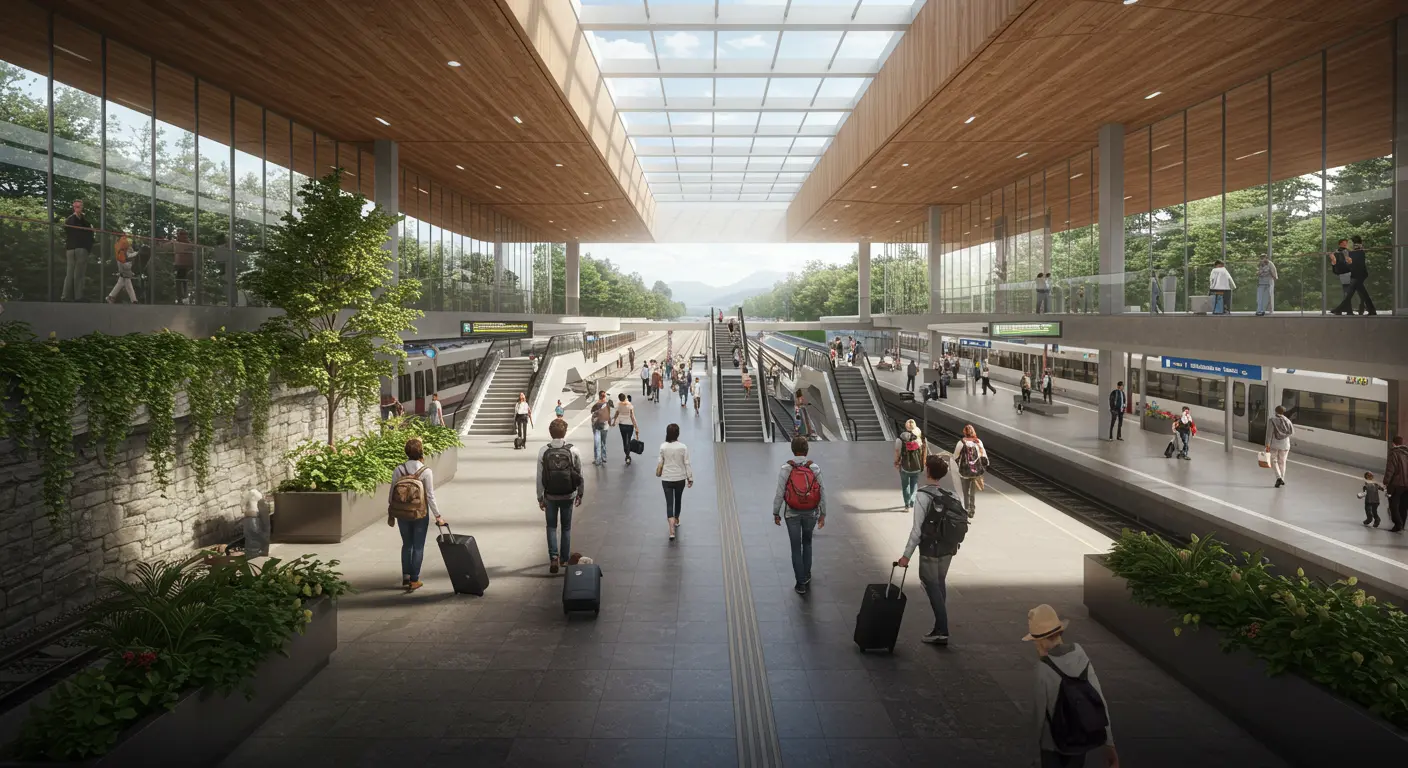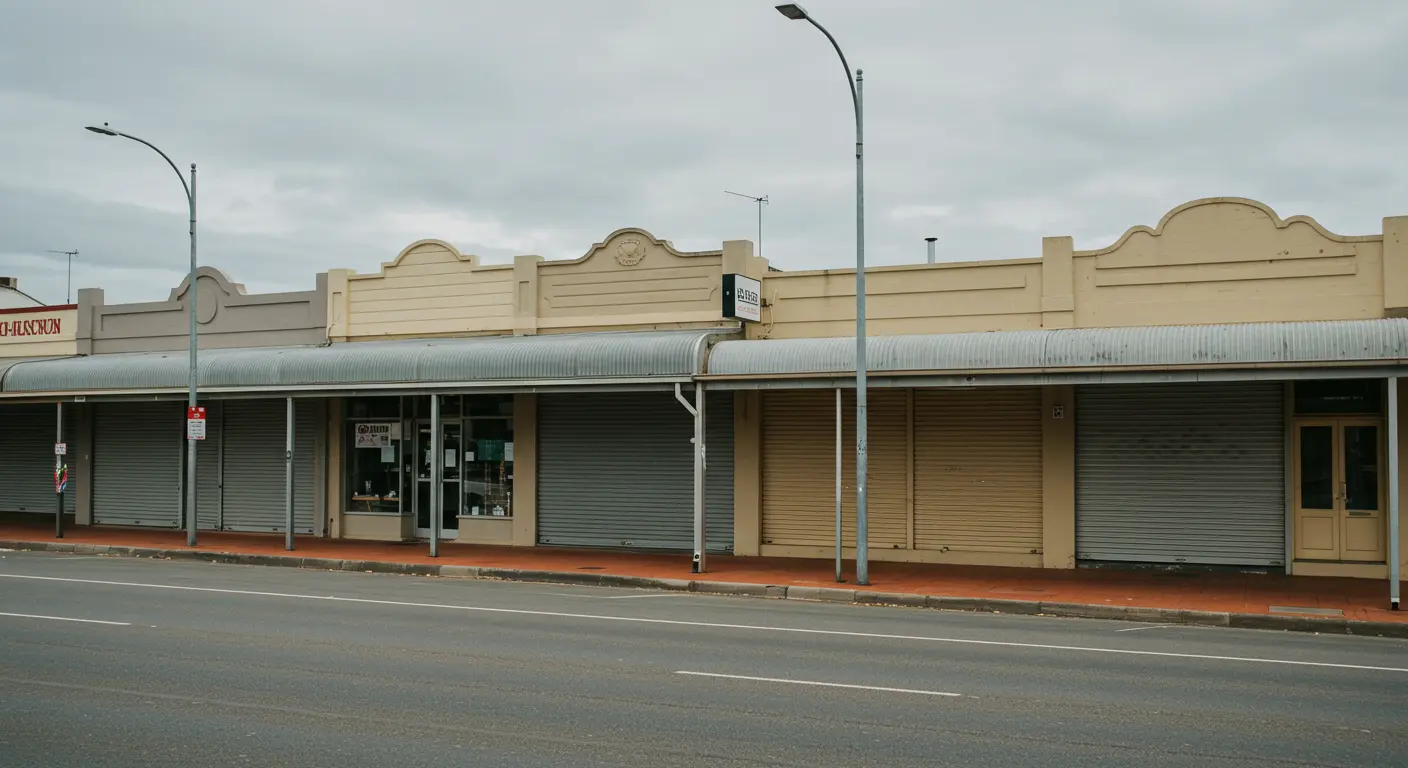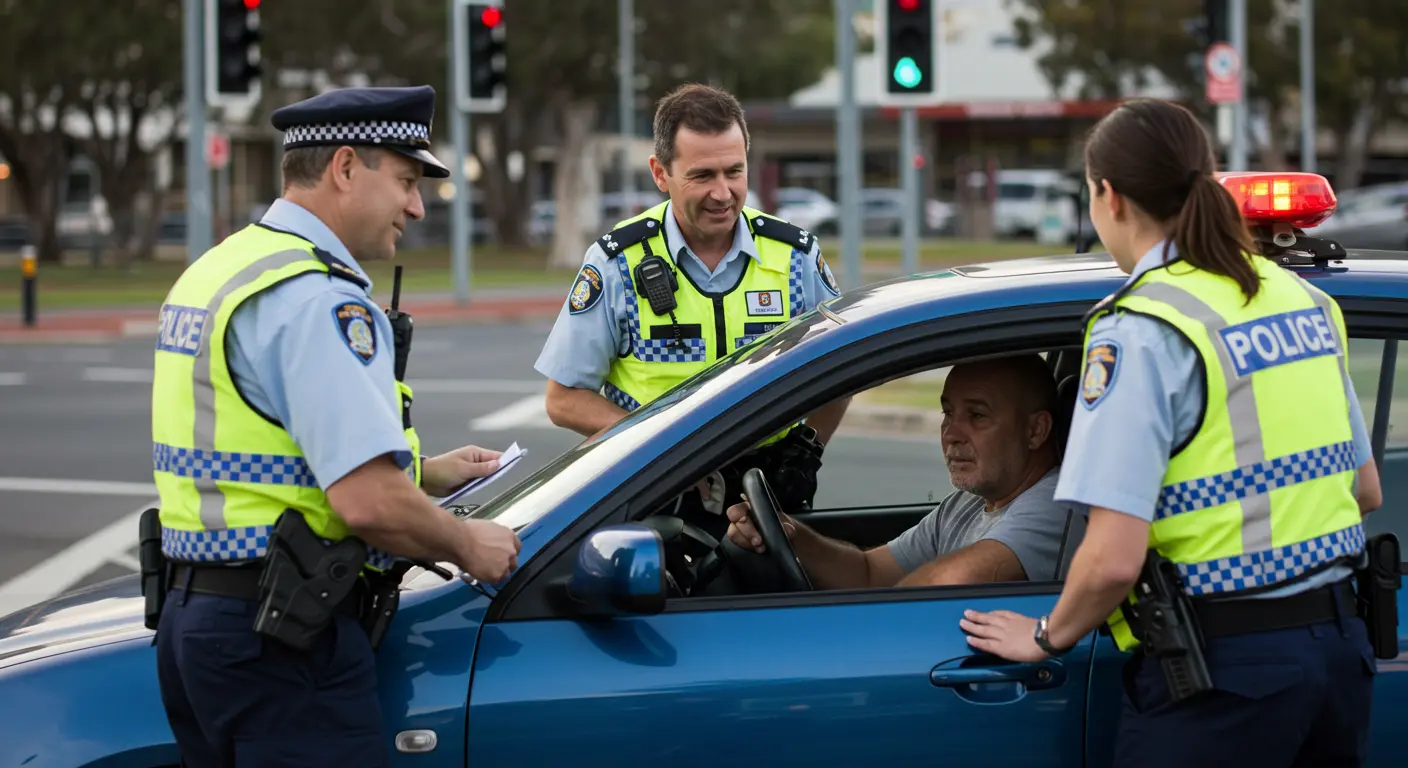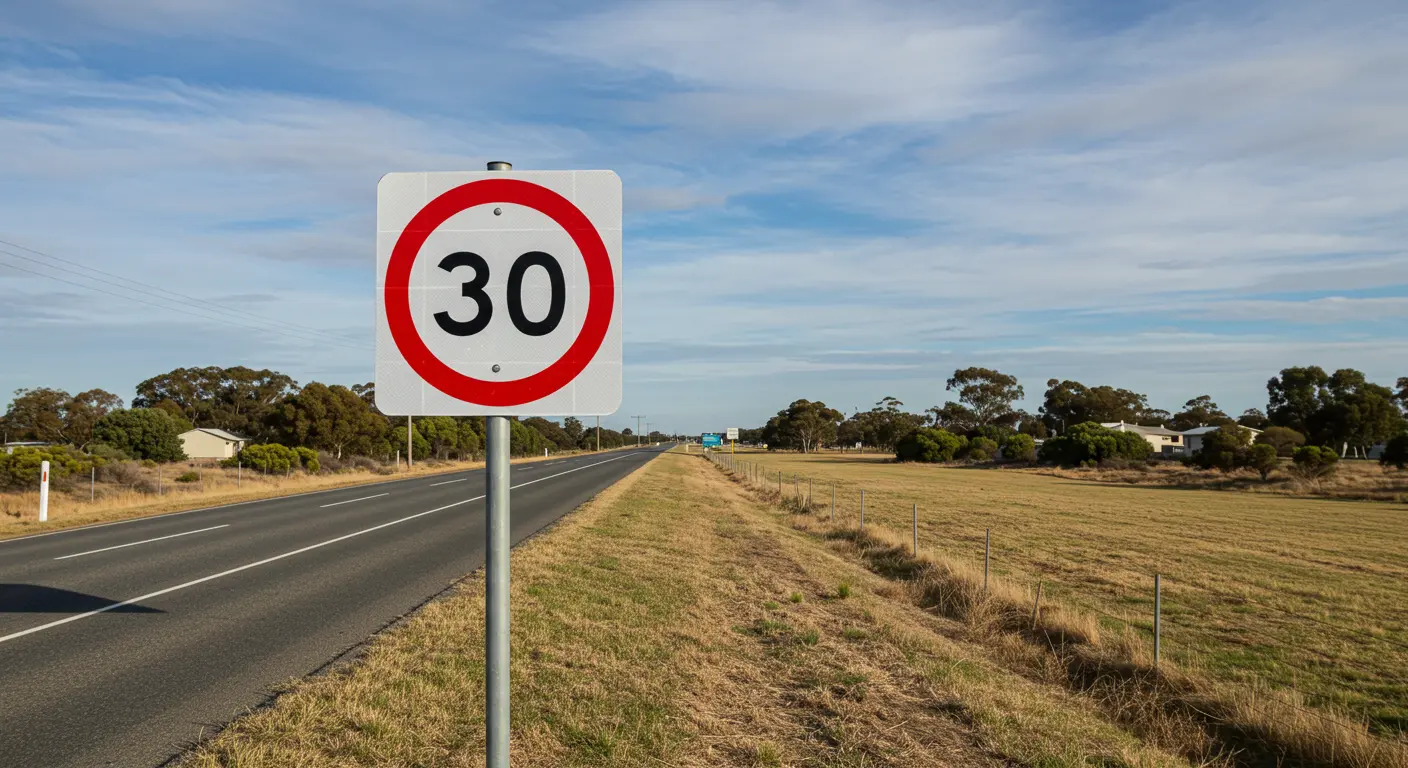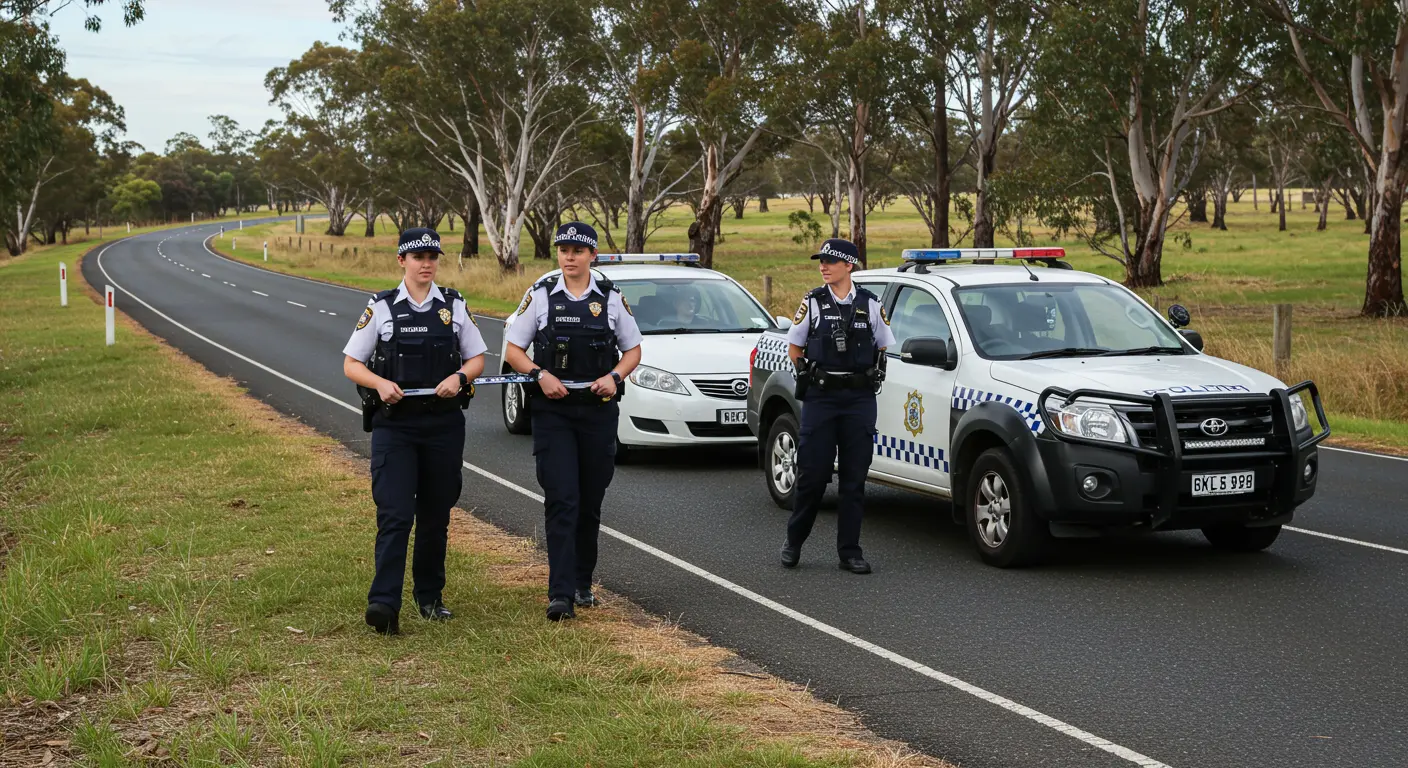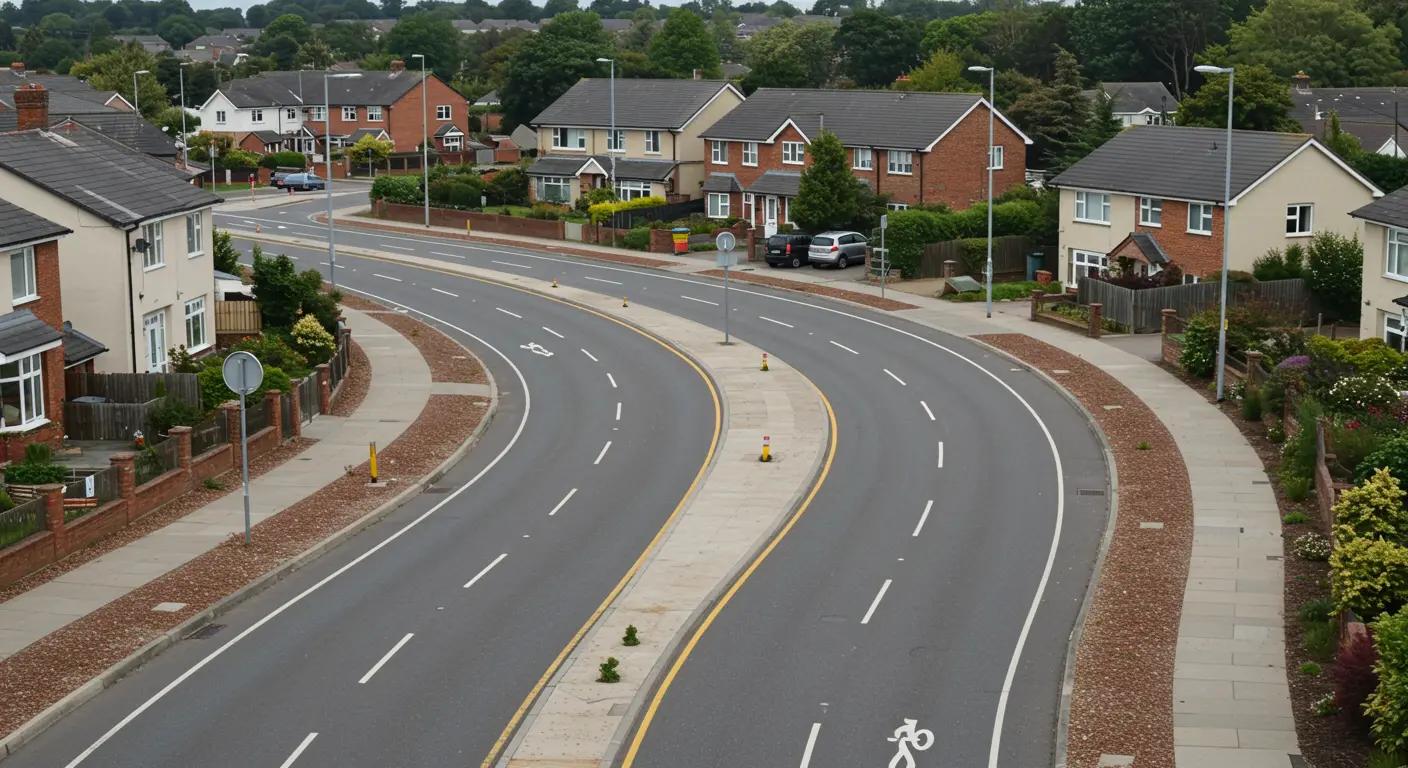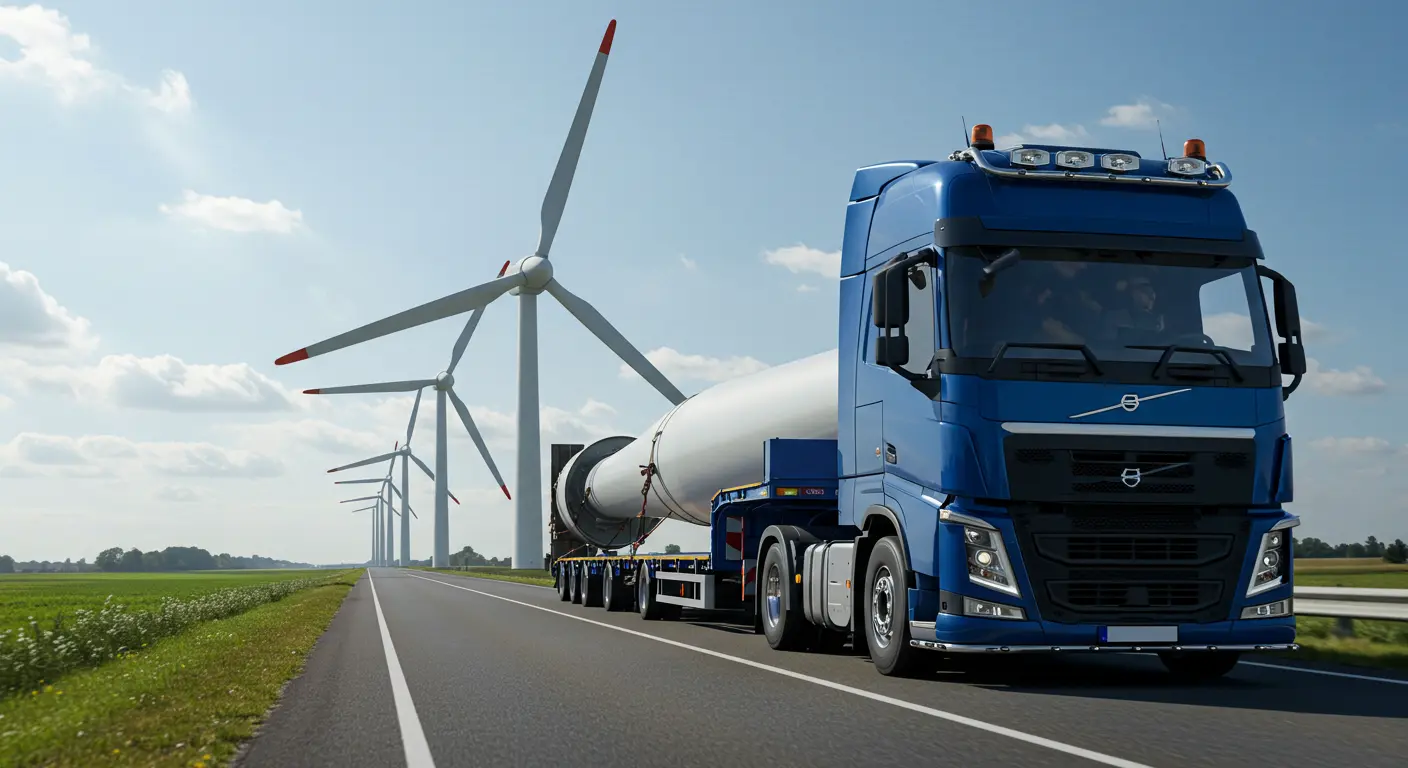The NSW Government has announced a new trial using average speed cameras to target light vehicle speeding, starting 1 May 2025, in a major step aimed at reducing fatalities and serious injuries on regional roads.

Currently, average speed cameras in NSW only enforce speeding for heavy vehicles. This new initiative expands that reach to include all vehicles for the first time, aligning NSW with practices already adopted in most other Australian jurisdictions.
Trial Locations and Timeline
The trial will begin at two regional highway stretches:
- Pacific Highway: Between Kew and Lake Innes (15km)
- Hume Highway: Between Coolac and Gundagai (16km)
These locations were selected due to their crash history, with a combined six fatalities and 33 serious injuries recorded between 2018 and 2022.
From 1 May, the cameras will enter a two-month "warning mode" where speeding drivers of light vehicles will receive a notice but not incur fines or demerit points. Full enforcement will begin 1 July, issuing penalties for drivers exceeding the limit. Heavy vehicle enforcement will continue as usual during this time.
Backed by Data and Global Success
The trial stems from recommendations at the 2024 NSW Road Safety Forum. A study in 2024 showed 68% of NSW residents support average speed cameras to improve road safety. International evidence also supports the cameras' effectiveness:
- Norway (2015): 49% reduction in deaths and serious injuries
- UK (2016): 36% reduction in fatal and serious injury crashes
Locally, NSW has already seen a 50% reduction in heavy vehicle-related serious crashes at existing average speed camera sites.
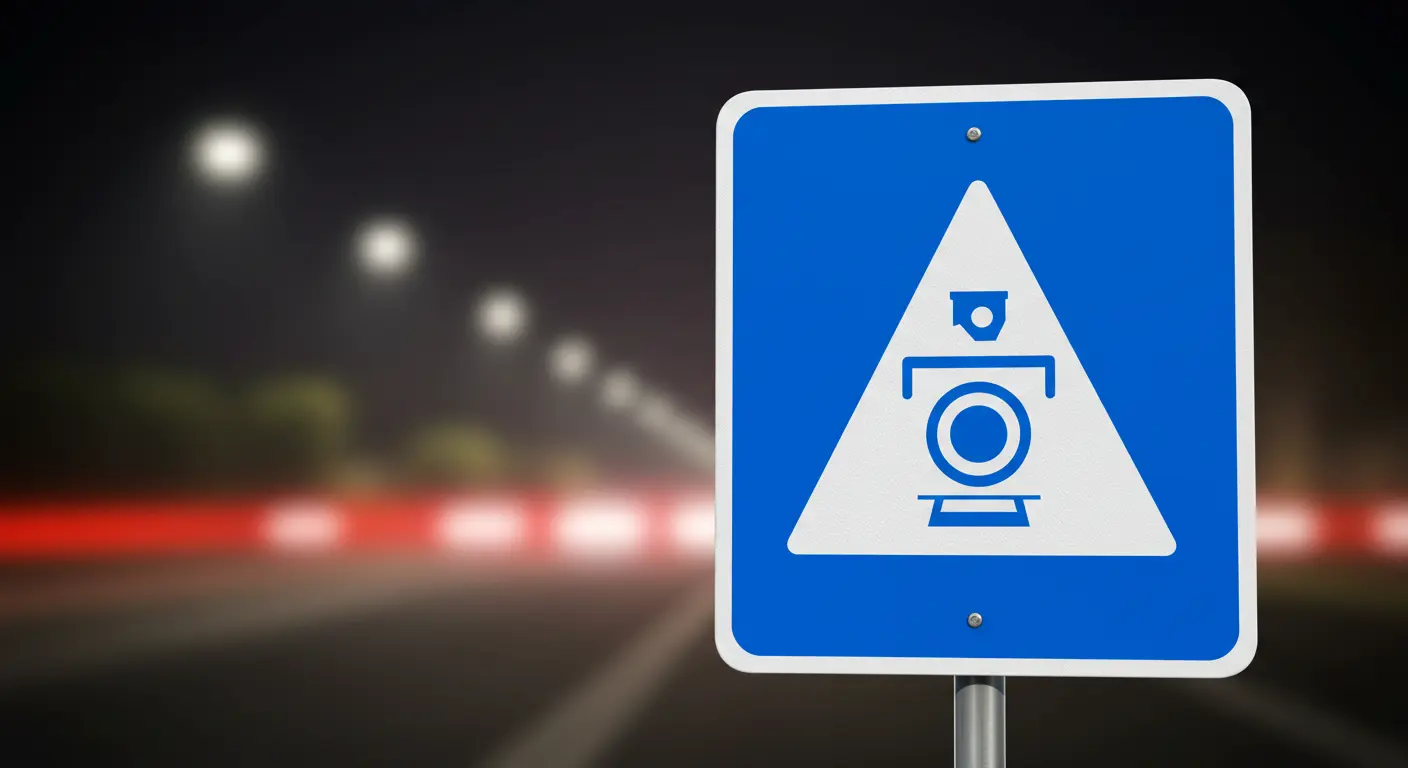
Supporting Measures and Public Awareness
Road signs will notify drivers that average speed is being monitored. The NSW Government is launching a communications campaign across print, radio, social media, mobile billboards, and roadside signs to raise awareness before penalties begin.
The trial is part of a broader road safety strategy that includes:
- Mobile phone camera enforcement of seatbelt use
- Loophole closures for foreign licence conversions
- Demerit point return scheme
- Expansion of mobile speed camera deployment sites
- National Road Safety Data Agreement participation
Ministerial Comments
Minister for Roads, John Graham, said:
“We know that speed remains our biggest killer on the road, contributing to 41 per cent of all fatalities over the past decade.”
“Studies from around the world show that using average speed enforcement cameras for all vehicles reduces the road toll, and road trauma.”
Minister for Regional Transport and Roads, Jenny Aitchison, added:
“Regional NSW is home to a third of the population but is where two-thirds of all road deaths happen.”
“We will have a communications strategy in place... so that people have an opportunity to adjust their driving behaviour before they receive a penalty.”
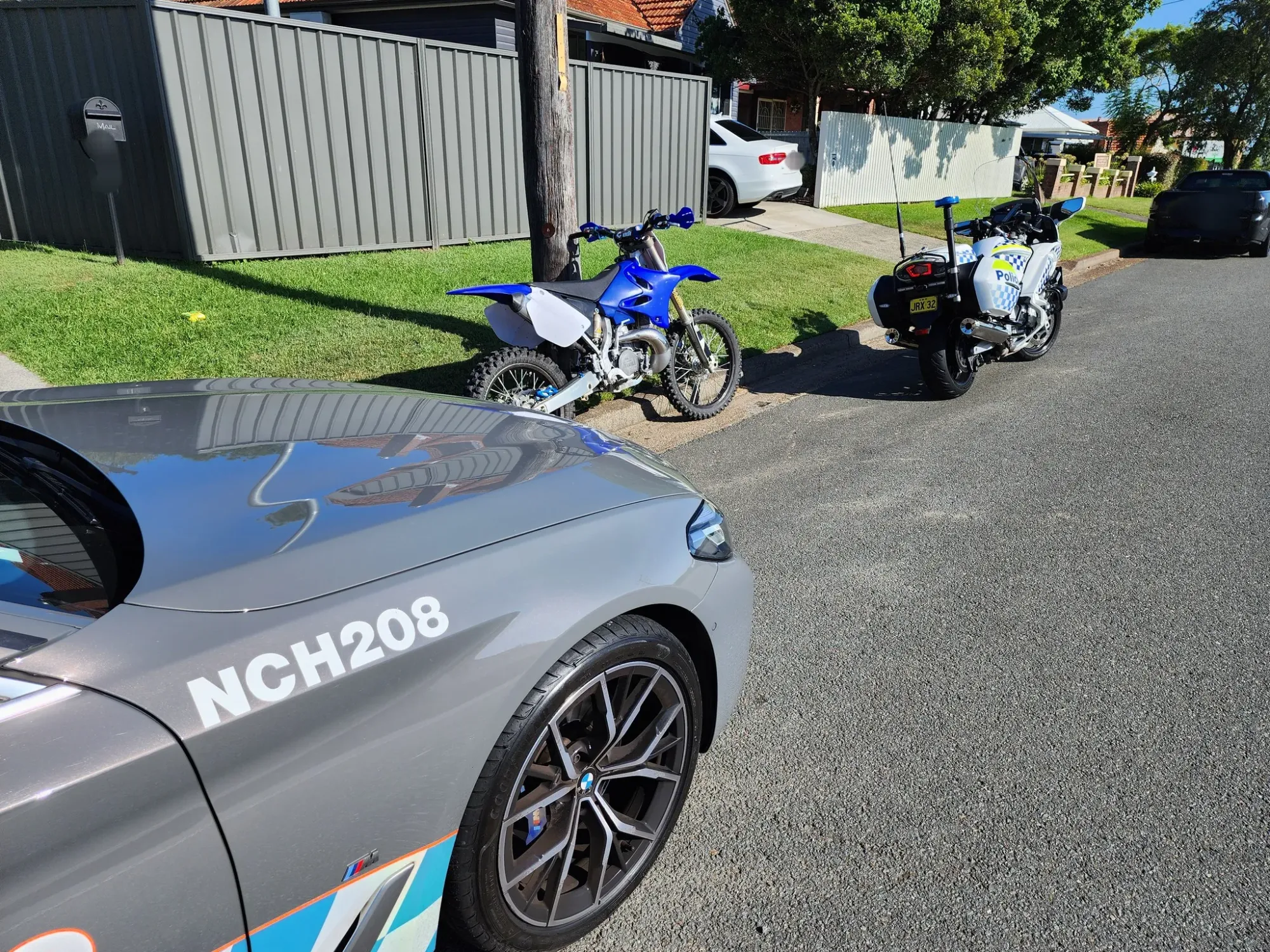
What Happens Next?
The trial will run for 14 months total, ending in July 2026. The NSW Government will report its findings to Parliament, with potential statewide expansion depending on the results.
For now, drivers in NSW – particularly those in regional areas – are being urged to watch their speed and adjust their habits ahead of the full enforcement phase beginning this July.
